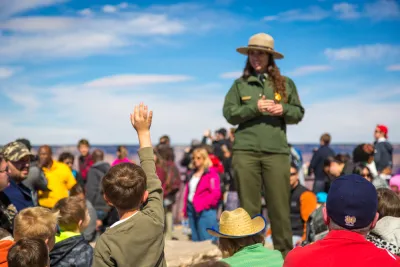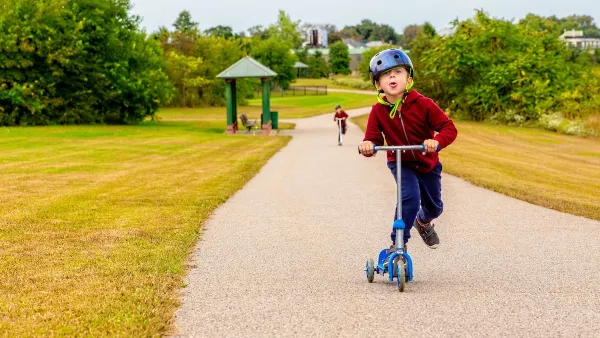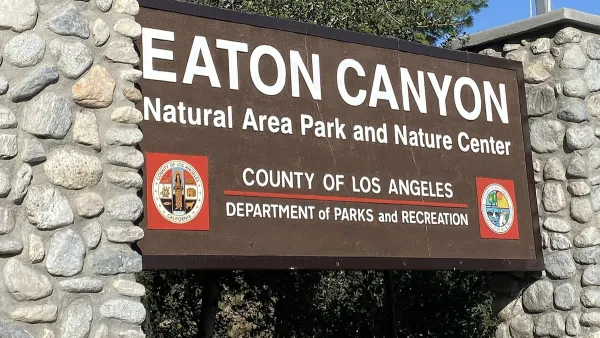July is Park and Recreation Month and this year’s theme is “We Rise Up for Parks and Recreation.” One way for park and recreation professionals to rise up is for them tell their stories.

Parks are sometimes dismissed as “nice-to-haves” or as being just about “fun and games.” But parks are essential infrastructure that provide a wide range of benefits to communities. Specifically, parks offer a variety of environmental, social, and economic benefits both within and beyond park boundaries, as summarized below:
Environmental
- Improve air quality
- Capture and clean stormwater
- Mitigate heat and stabilize temperature
Social
- Improve public health
- Improve community safety
- Enhance community cohesion
- Improve walkability
- Reduce stress and improve academic performance
Economic
- Increase property values
- Create temporary and permanent jobs
In this article, park planner Clement Lau encourages fellow park and recreation professionals to tell their personal and professional stories to:
- Make the case for parks and recreation
- Counter false narratives
- Encourage and inspire each other
- Reflect and learn
While Lau's preferred method of sharing his stories is through articles and blog posts, he notes that narratives in support of parks and recreation may also be told via posts on social media outlets like Facebook, Instagram, LinkedIn and Twitter, media interviews, press releases, and official publications like annual reports, fact sheets, and other materials that can be shared with the public and decision-makers.
FULL STORY: We Rise Up by Telling Our Stories

National Parks Layoffs Will Cause Communities to Lose Billions
Thousands of essential park workers were laid off this week, just before the busy spring break season.

Retro-silient?: America’s First “Eco-burb,” The Woodlands Turns 50
A master-planned community north of Houston offers lessons on green infrastructure and resilient design, but falls short of its founder’s lofty affordability and walkability goals.

Delivering for America Plan Will Downgrade Mail Service in at Least 49.5 Percent of Zip Codes
Republican and Democrat lawmakers criticize the plan for its disproportionate negative impact on rural communities.

Test News Post 1
This is a summary

Test News Headline 46
Test for the image on the front page.

Balancing Bombs and Butterflies: How the National Guard Protects a Rare Species
The National Guard at Fort Indiantown Gap uses GIS technology and land management strategies to balance military training with conservation efforts, ensuring the survival of the rare eastern regal fritillary butterfly.
Urban Design for Planners 1: Software Tools
This six-course series explores essential urban design concepts using open source software and equips planners with the tools they need to participate fully in the urban design process.
Planning for Universal Design
Learn the tools for implementing Universal Design in planning regulations.
EMC Planning Group, Inc.
Planetizen
Planetizen
Mpact (formerly Rail~Volution)
Great Falls Development Authority, Inc.
HUDs Office of Policy Development and Research
NYU Wagner Graduate School of Public Service





























